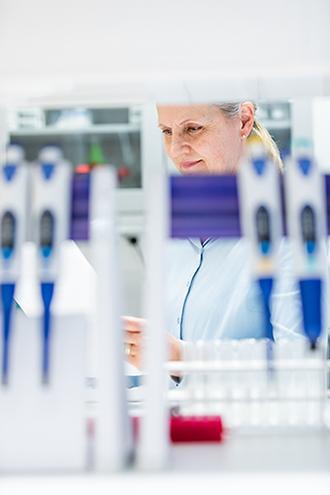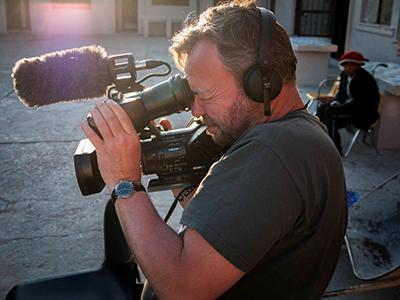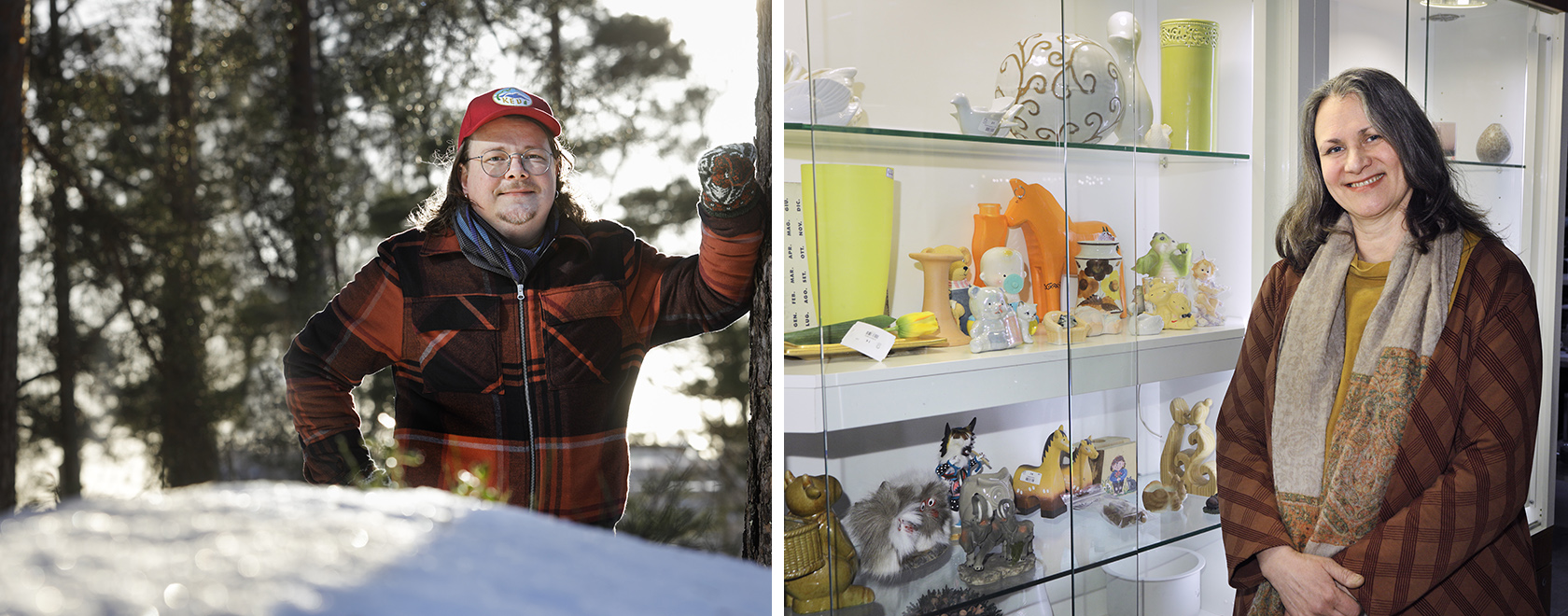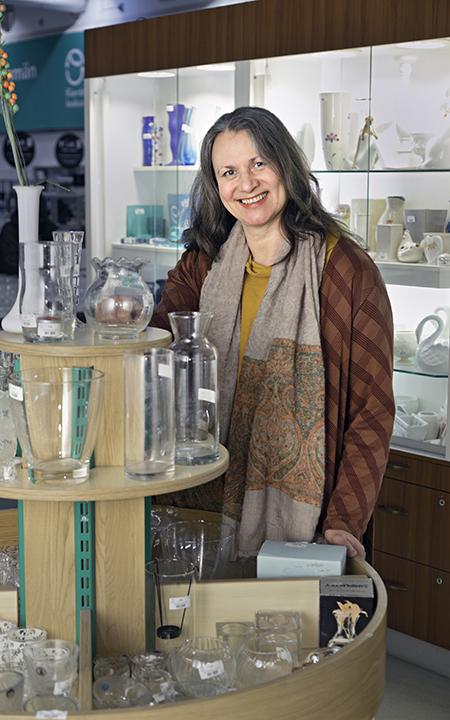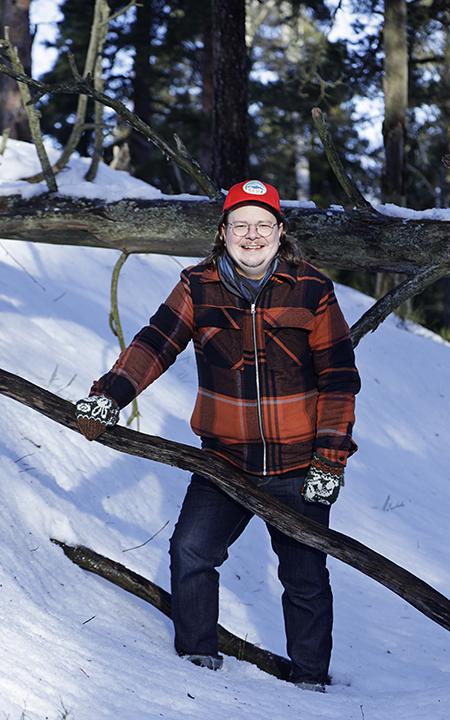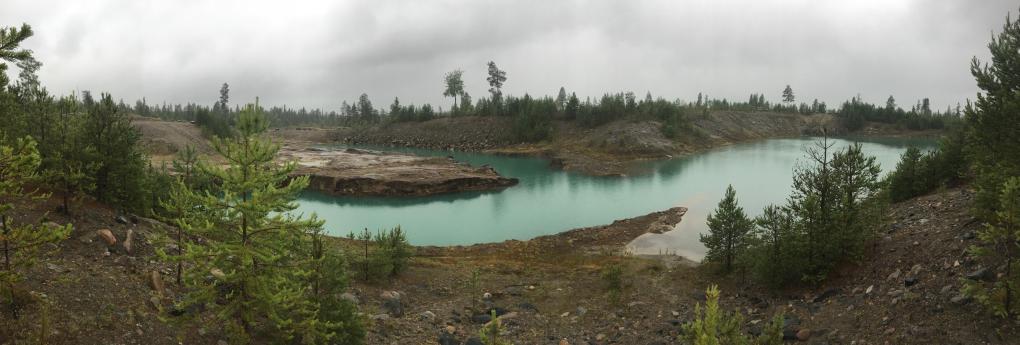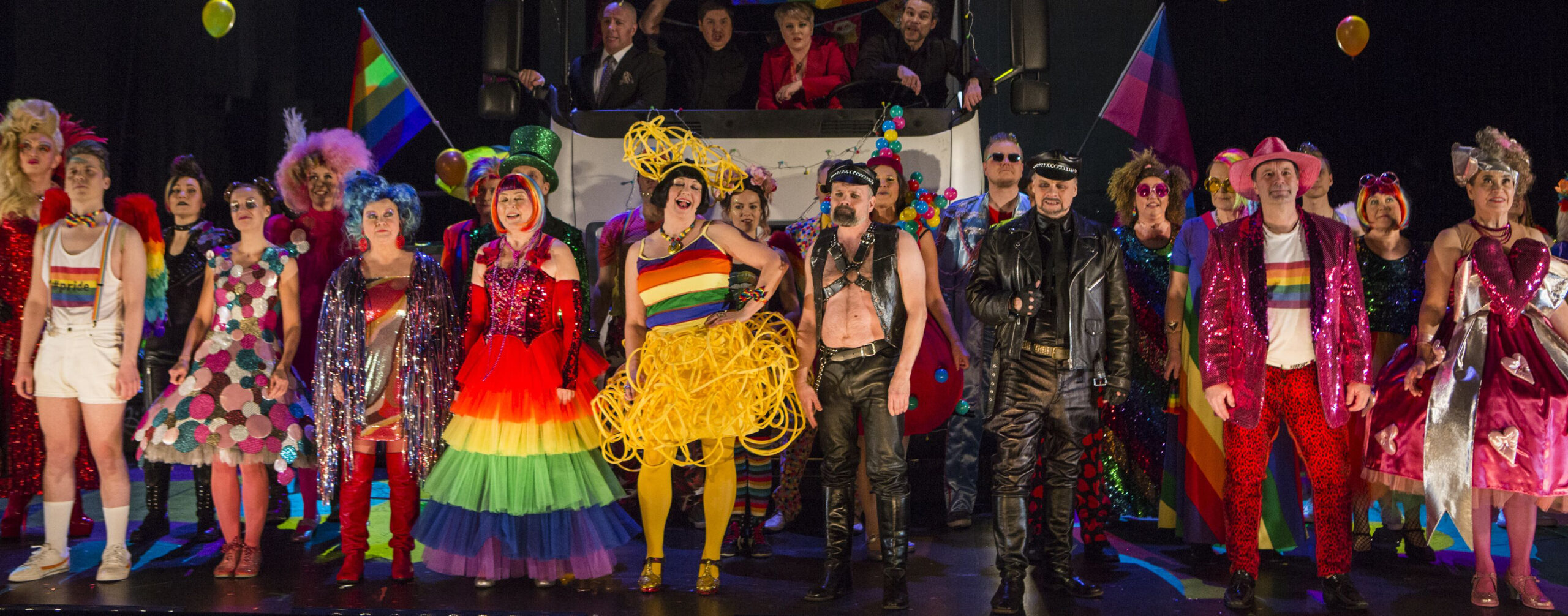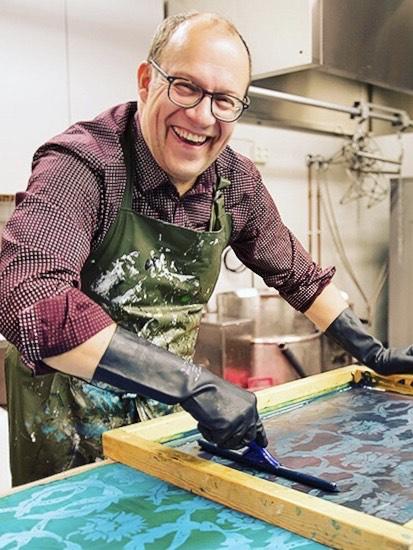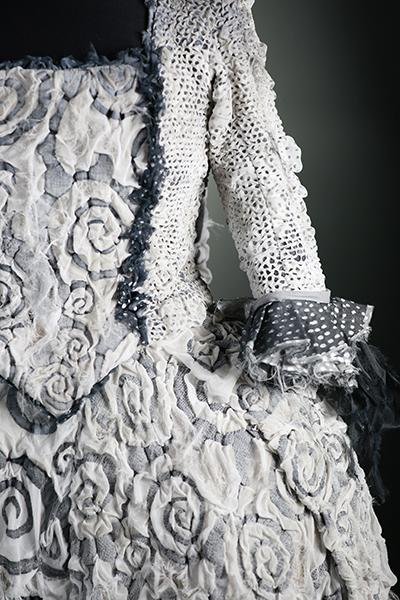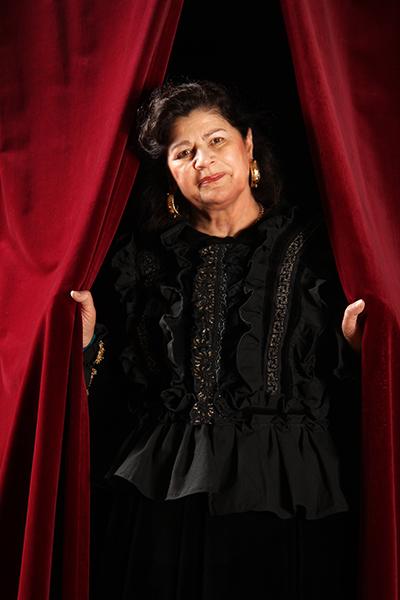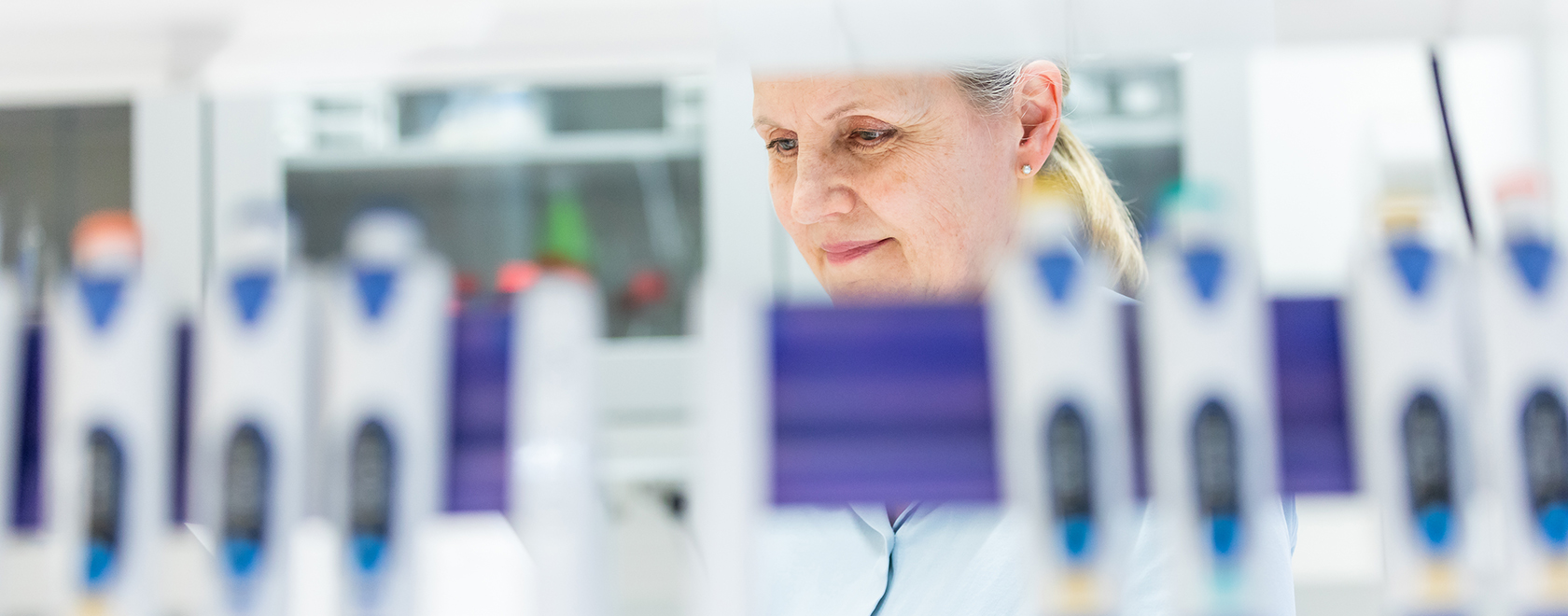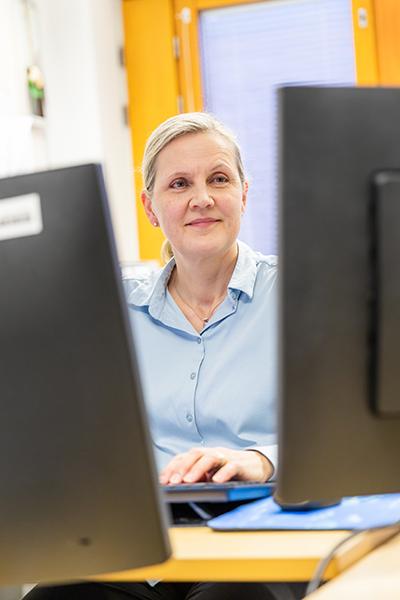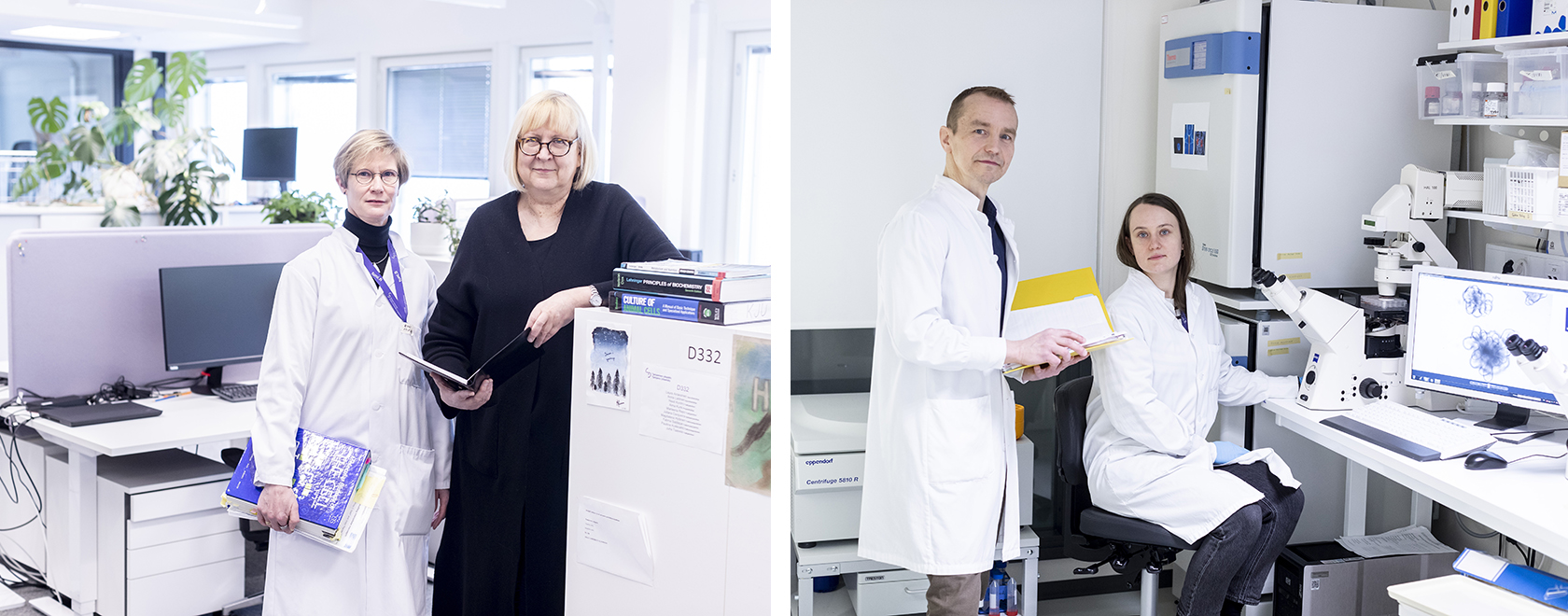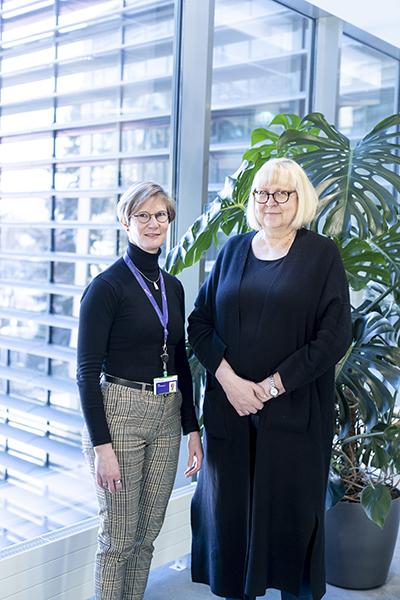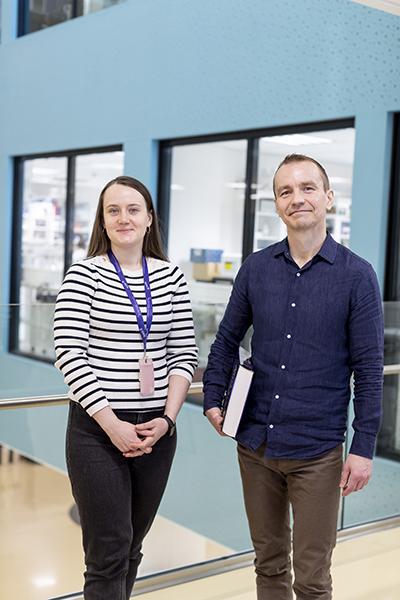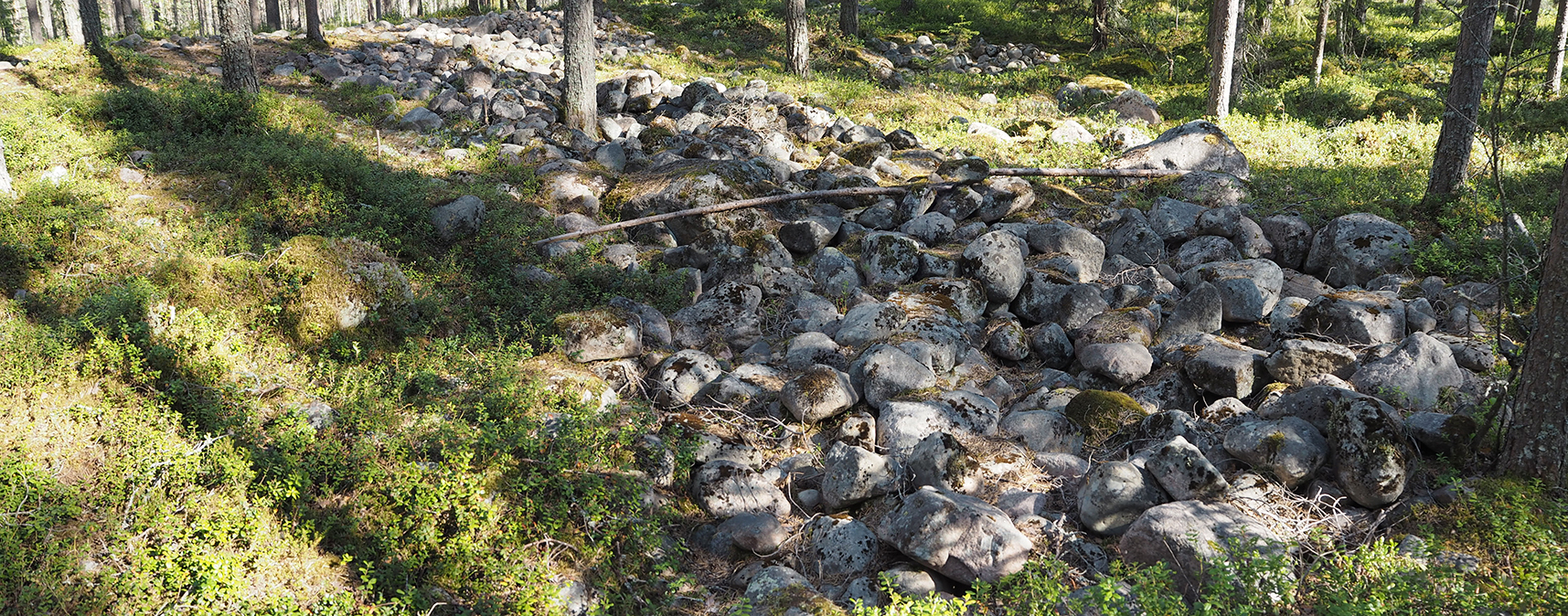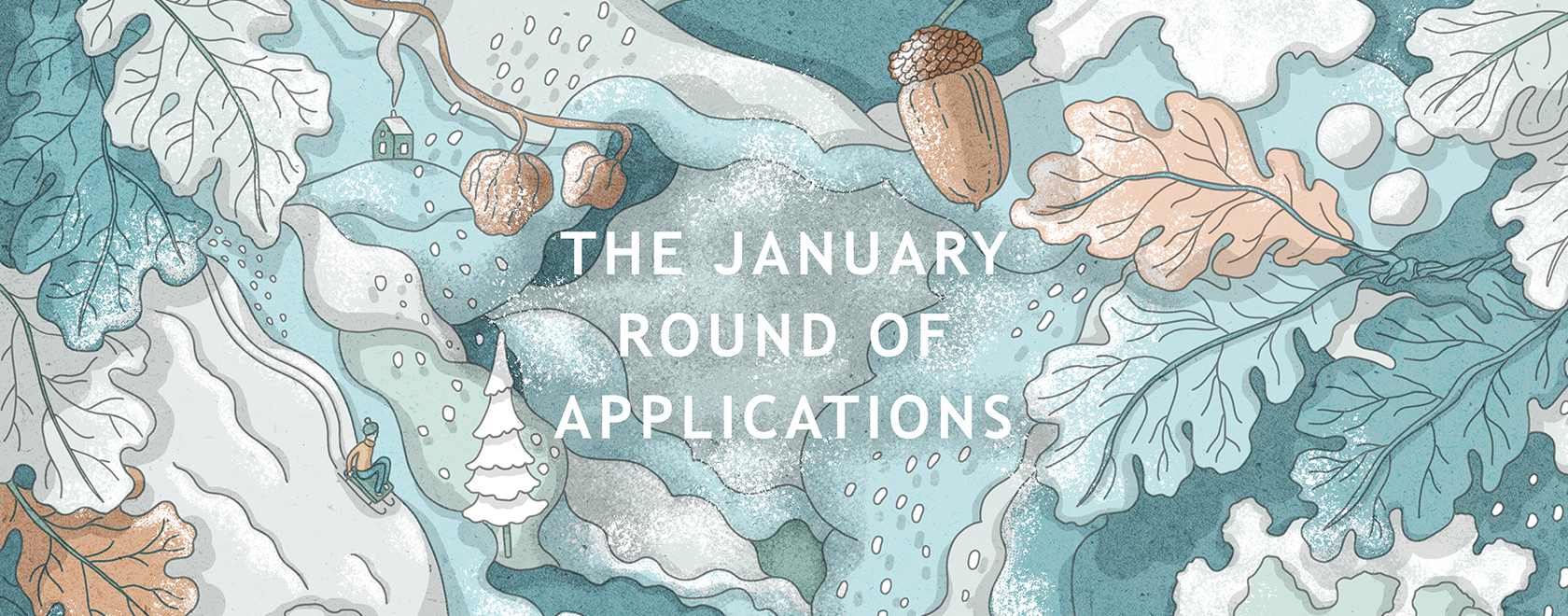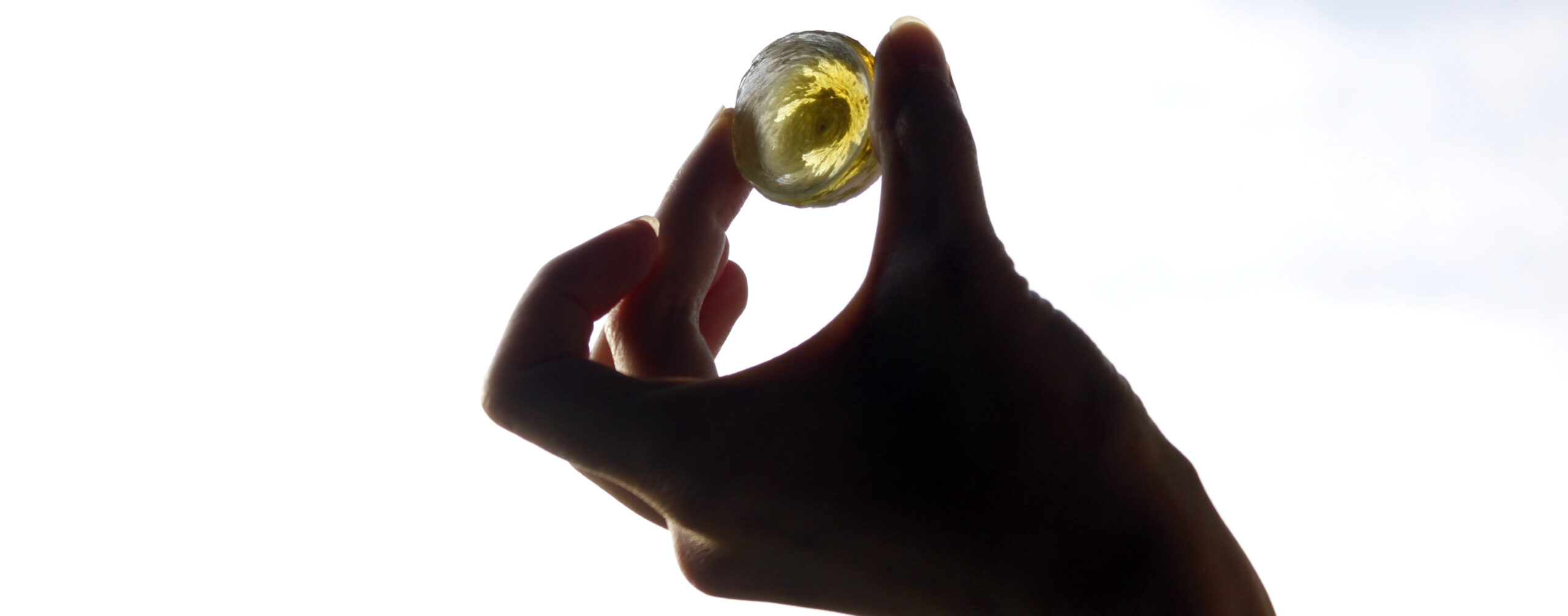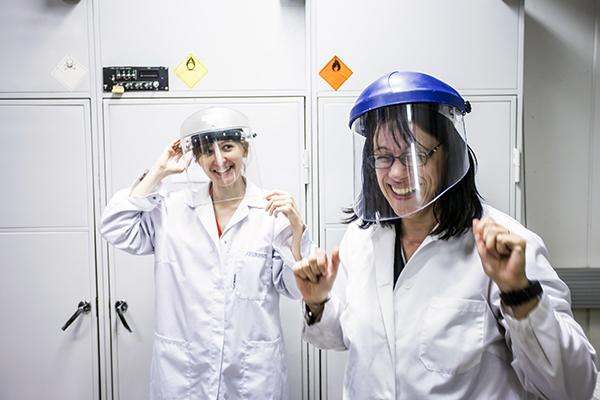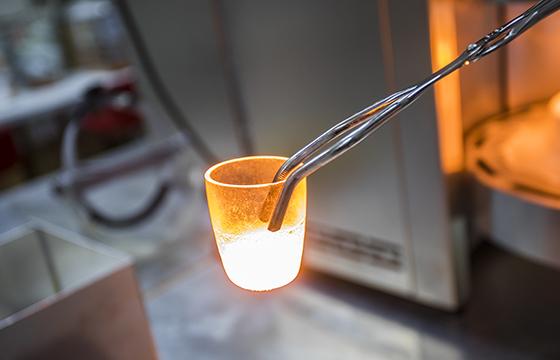Broad support for nutrition and health research from the October Round
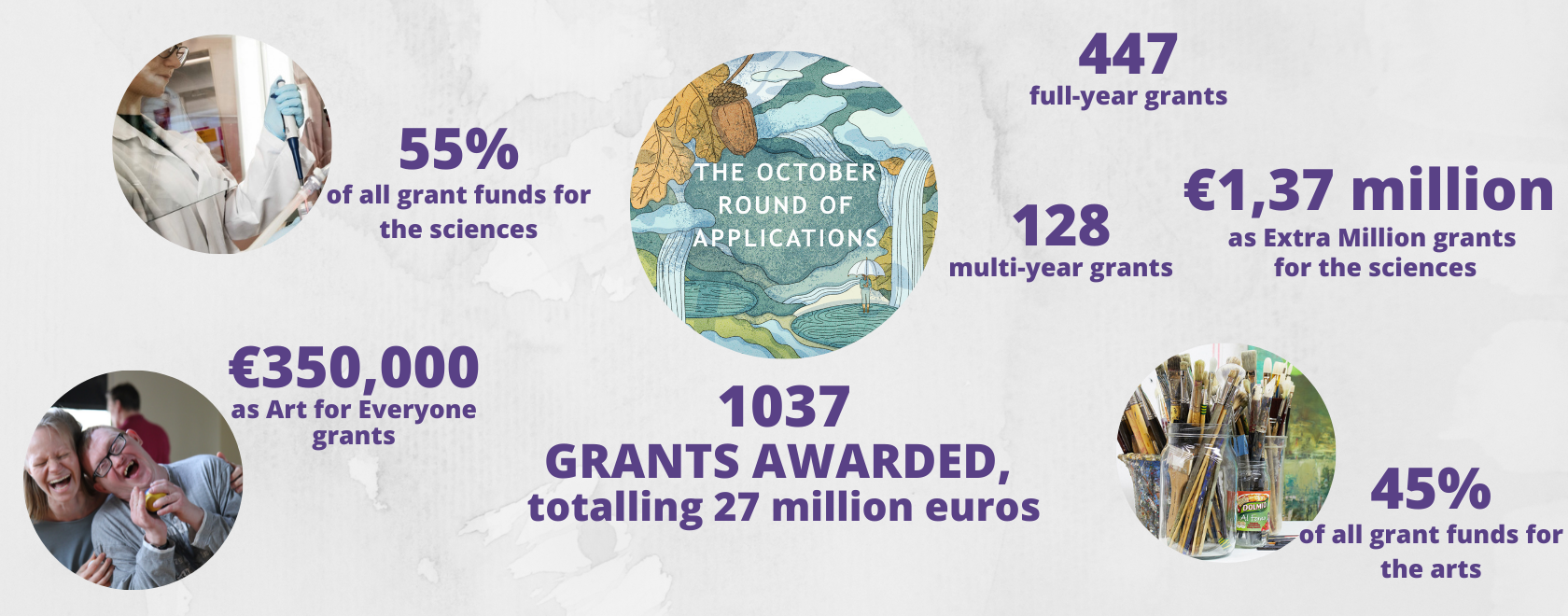
The sciences received 55% and the arts 45% of the grant funds. A total of 447 full-year working grants were awarded, of which 295 in the sciences and 152 in the arts. The most full-year grants were awarded for doctoral dissertation work. 128 multi-year grants were awarded, of which 91 were for two years, 34 for three years, and 3 for four years.
Scientific studies on, e.g., the health effects of gluten and poverty among employed people
– We also received very high-quality applications for the so-called extra million granted for an annually different theme, which this year was research on nutrition and health. There were 70 applications, of which seven received funding amounting to a total of 1.37 million euros, says Hanna Hiidenpalo, chairperson of the FCF’s board of trustees.
Recipients of this year’s “extra million” include the following:
Professor Katri Kaukinen and Associate Professor Kati Juuti-Uusitalo for research on the positive and negative health effects of gluten (University of Tampere, €250,000), Professor Kaisa Linderborg and her working group for research on the overall health effects of oats (University of Turku and University of Eastern Finland, €200,000), Professor Eeva Moilanen and her working group for research on the health effects of nutrition and on the connections between nutrition and medication (University of Tampere and Tampere University Hospital, €200,000), Professor Ursula Schwab and her working group for research on the connection between genes and lifestyles in the prevention of lifestyle diseases (University of Eastern Finland, €250,000), and Associate Professor Keijo Viiri and his working group for research on molecular damage caused by dietary gluten in coeliac disease and on the disease’s treatment (University of Tampere, €200,000).
Additional major grants were awarded to Associate Professor Marjo Helander and the GLYFOBEE working group for research on the effects of glyphosate on the gut microbiome and learning processes of wasps (University of Turku, €200,000) and to Mikko Jakonen and his working group for research on the employment situation, social welfare, and everyday life of employed poor people (University of Jyväskylä, €180,000).
– Thanks to donor funds, we will be able to support especially music students this year. In the sciences, we can sponsor technical sciences and pharmacy well, whereas there are less funds available for philosophy and for political and cultural research, for example, explains Juhana Lassila, the FCF’s director of cultural affairs.
Support for Romany and Sámi cultures
Five grants related to Sámi culture were awarded and four grants related to Romany culture. Mark Aitken received €25,000 for postdoctoral research on trauma, empathy, and Sámi knowledge in the age of Arctic exploitation. Maria Nätynki received €26,000 for doctoral dissertation work on Sámi touch culture. Hilja Grönfors and her working group received €71,000 in the form of an Art for Everyone grant for organising a music and film tour in prisons, child protection centres, and hospitals about Romany culture. Antti Kivimäki and his working group received €6,000 for artistic work of the ensemble Orkestra Suora Lähetys, which has a Romany background.
Art for Everyone grants enable activities in prisons and refugee reception centres
Eight Art for Everyone grants were awarded, amounting to €350,000. The goal of these grants is to give more possibilities to experience high-quality culture to people who need support or care and thereby increase cultural equality.
Art for Everyone grantees include the following: Kai Maksimainen and Seppo Kirjavainen, €39,000 for writing workshops in prisons. Katriina Haikala and her working group, €71,000 for the community art project Women’s Room, one of whose goals is to make use of artistic working methods to empower women threatened by homelessness. The dance institute Vantaan tanssiopisto, €35,500 for organising dance workshops in reception centres for refugees. The theatre Legioonateatteri, €34,000 for a project that uses arts to promote the autonomy of intellectually disabled people. Teatteri Telakka, €38,000 for preparing a performance about the history of intellectually disabled women.
Grants from the regional funds in the spring, special grants in March
The FCF will award grants totalling about 50 million euros in 2022. Grants totalling 27 million euros in the Central Fund’s October round of applications are being awarded now, and 13.5 million euros will be awarded in the regional funds’ January round of applications. The rest will be awarded through the post doc pool and the FCF’s March and August rounds.
In March, the FCF will accept applications for instrument loans, mobility grants, and Argumenta grants for scientifically interesting topics and for topics of far-reaching importance for society. A new kind of cultural support will be created that publishers of Finnish translations of high-quality world literature for adult readers can apply for.
In addition, the FCF will use funds to benefit culture through various projects. The total support for culture during the financial year will amount to about 60 million euros.
All the grantees of the October round of applications of the Central Fund can be found here.
